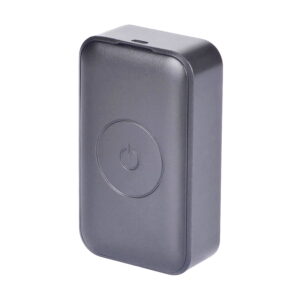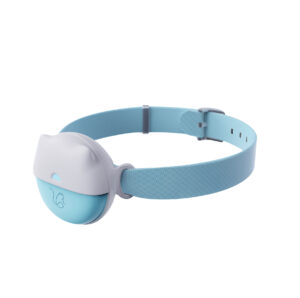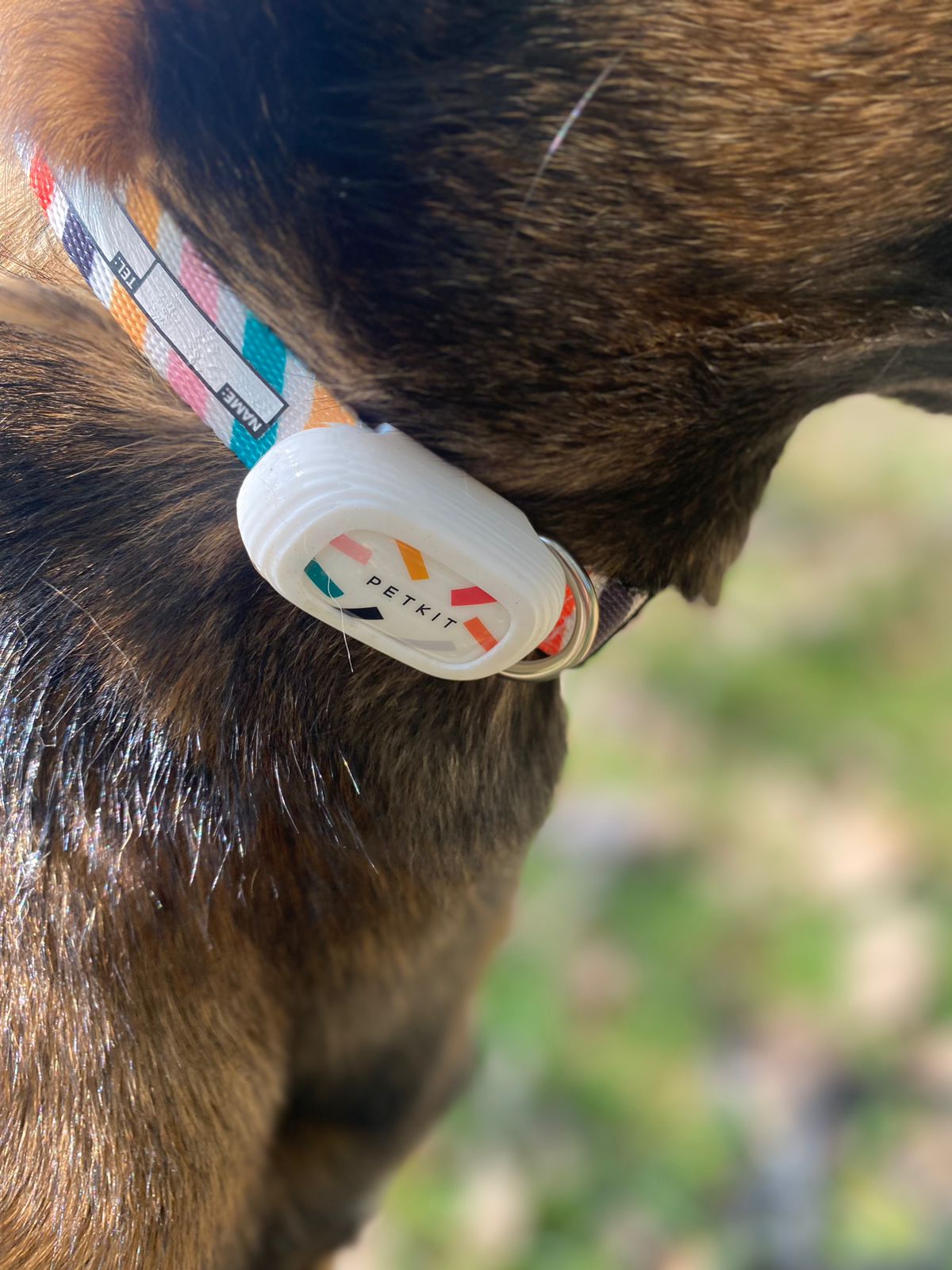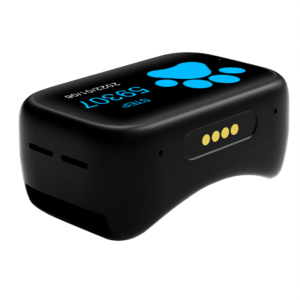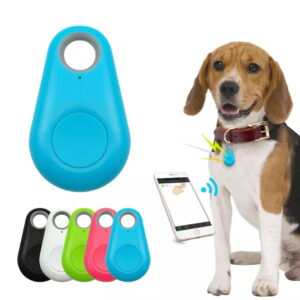The differences between GPS and an embedded chip or a short range Bluetooth tag
When it comes to pet tracking technology it can get quite daunting. Let’s break it down into the common types of technologies, what their pro’s and con’s are and help you decide on the best tech to keep your pet safe.
Find ability
Pet tracking is ultimately 100% about being able to find your pet if/when they get lost. Knowing that your pet likes to visit the neighbor is great, until such time as your pet isn’t at the neighbor! When deciding on a device the most important aspect is to identify how the tracker is going to help you find your loved one.
Internet enabled GPS device have a very long range since they can get a signal anywhere where there is cell reception. Tags have a much shorter range.
It’s so important to understand that if a pet goes missing if you are using a short range tracker it will be enormously difficult to find your pet. Similarly a GPS signal alone isn’t going to find your pet either. The GPS location however accurate (between 5m and 15m) still doesn’t give an exact spot where your pet is (even though it is close). Also remember they move, so where they were can give you a good idea of where they might be but is not 100% guaranteed to help you find them.
How best to find them? Use a GPS device with a live location or a device that can get a GPS signal on request! This will allow you to get a location which you can head out to and then get another location which will help you pin point an exact area where your pet might be. Then ideally you want to search for them using both a visual cue and sound.
Knowing where your pet likes to visit
By far the most common request when our customers start their pet tracking journey is that they want to know what their pets do during the day. Where do they like to sleep, how often they move around. To do this you need to use an Internet enabled GPS which is setup to record GPS over a short duration (like every 60 seconds, or every 10 minutes). However tracking continuously also has some down side – the battery drains significantly faster than if the device is setup to get a few GPS co-ordinates per day.
Practically our customers love to get this info initially, but after a few days discovering that your sleepy cat does in fact sleep all day they change their settings to something more realistic for the primary purpose – finding their pet if/when they get lost.
Short Range VS Long Range
There are huge benefits in a short range tracker – namely the battery life is fantastic. The major downside of course is a limited range drastically impacts on the find ability of your lost pet.
If you don’t mind wondering your neighborhood, or just want something that picks up where your pet is in your house then a short range device will save you plenty.
Battery life considerations
Once again the purpose of your tracker is to help you find your pet if/when they get lost. A flat device does nothing for you. We know a GPS device is already far superior in helping you find your pet however it also uses more power. The bigger the battery life and the more efficient your settings the better.
Waterproof and Scratch proof
Pets get wet and roll around on the floor. Electronics are highly hydrophobic. A fully water proof device is an absolute must!
Bluetooth as a short range, GSM as a long range. RFID chip to identify the owner!
Bluetooth is commonly used in the short range trackers.
GSM (Cell towers), GPS are used in longer range devices.
Identity chips do not use power, they use RFID which stores the owners info but cannot be used to track a pet. Only if they get found and are taken to a location where they can get scanned.

